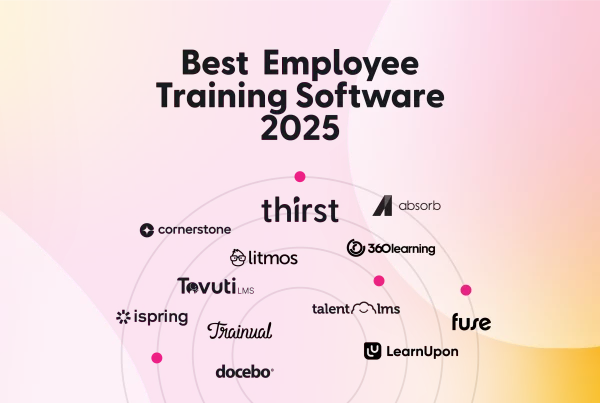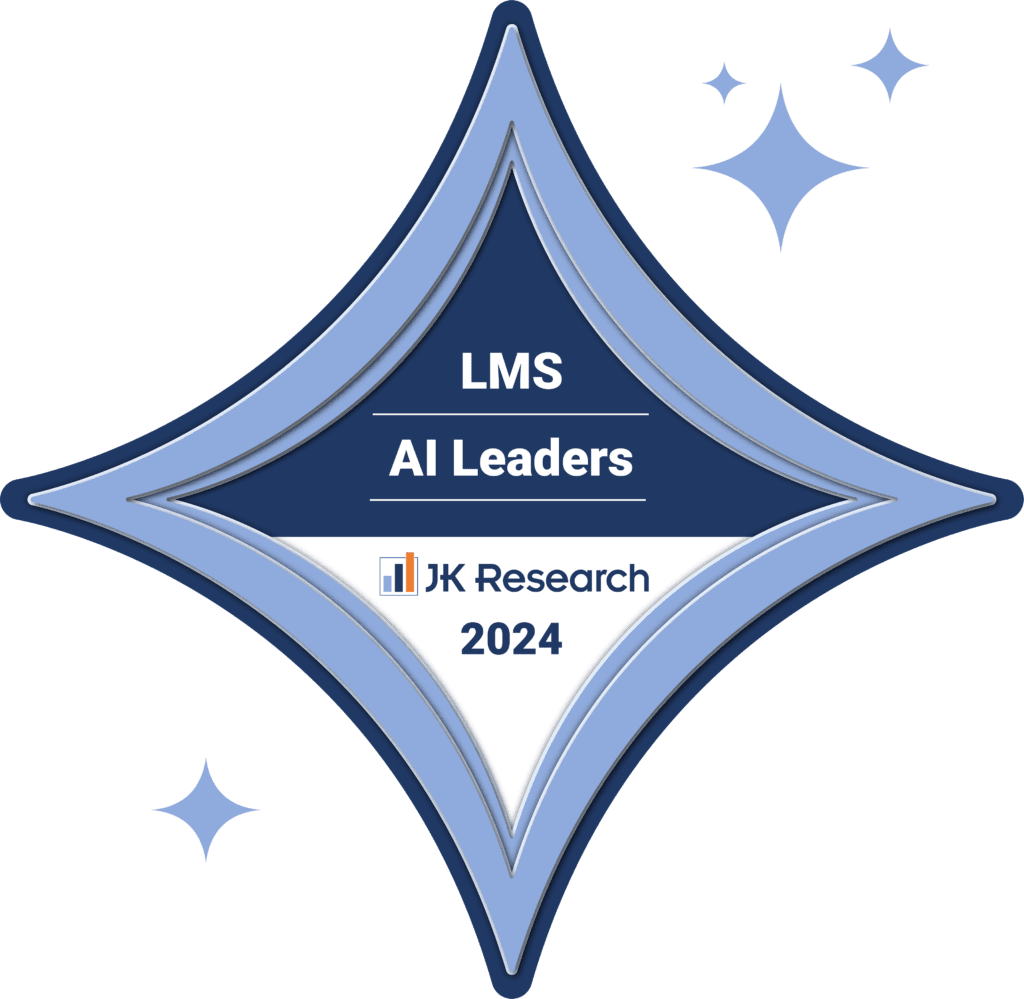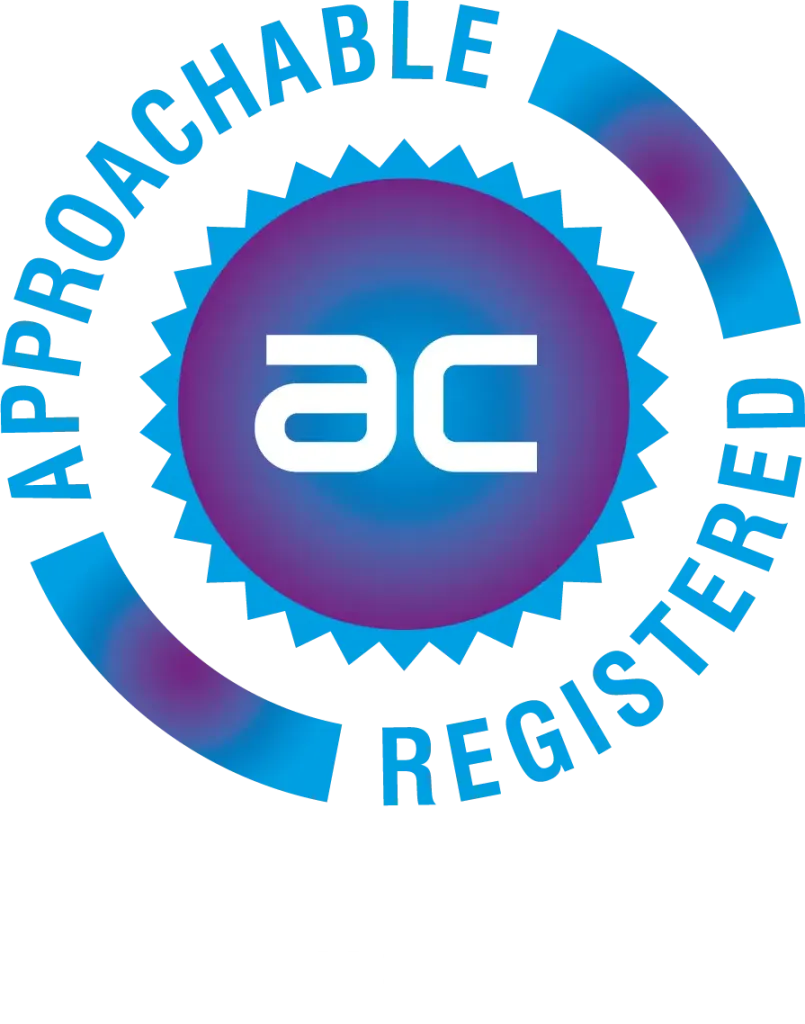If you work in learning and development, then you’ve undoubtedly heard the terms ‘reskilling’ and ‘upskilling’.
But, what exactly do they mean? And, what’s the difference between them?
These are things you absolutely need to know as an L&D pro. To discover the answers to these questions and more, keep reading… 👇👇👇
What is reskilling?
Let’s kick things off with a definition. What exactly does the term ‘reskilling’ refer to? 🤔
In the world of L&D, reskilling is defined as ‘learning new skills in order to move into a new career opportunity – typically within the same company’.
To provide you with a tangible example, think of a high-street retailer which is pivoting to eCommerce. They may close some of their brick-and-mortar locations and offer staff in those locations the opportunity to ‘reskill’ so that they can take a new position in the retailer’s fulfilment warehouse. This is a classic example of reskilling. 👍
What is upskilling?
Okay, now let’s take a look at what is meant by the term ‘upskilling’. 🧠💭
Upskilling can be defined as improving an employee’s skills and knowledge, allowing them to advance and progress within their existing role.
This definition is important, as upskilling and reskilling are often used interchangeably; however, they refer to two very different things.
Whereas reskilling is used to allow employees to make a ‘sideways’ move within an organisation into a new role, upskilling allows employees to progress upwards within their current job discipline e.g. progressing from being an account executive to an account manager. 💪
The process of upskilling will normally focus on identifying an employee’s skills gap, and filling those gaps with the knowledge required to acquire those missing skills. 🤓
<
What is the difference between upskilling and reskilling?
As we mentioned earlier in this article, you’ll typically find that the terms upskilling and reskilling are used interchangeably by L&D professionals. However, this is incorrect. 🤷
Upskilling and reskilling refer to two very different processes. As a learning and development professional, it absolutely pays to know the difference. 🧐
Here at Thirst, as a leading skills platform, we consider the difference between upskilling and reskilling to be as follows: 🏃♂️
- Reskilling is about helping an employee learn the skills that will allow them to move into a new role. 🏆
- Upskilling is about helping an employee learn the skills that will allow them to progress in their current job role. 🏅
Examples of reskilling
We’ve brushed on this earlier, but let’s take a look at some examples of reskilling in action.
Imagine you run a plant hire business; you hire out generators, excavators, and other large items of machinery and plant to businesses across your region. You’ve got tens of large customers and, as such, you have a well-developed accounts management team. 👨💼👩💼
It’s their job to deal with any and all enquiries from your clients. Whether it’s a complaint about a faulty piece of equipment or enquiries about payment terms. It’s the job of the account management team to keep your clients happy. 😀
However, you’re also always on the lookout for new clients. As such, you’ve got a sales team. 📱
A member of your accounts management team excels at communicating with clients, but has expressed an interest in learning more about the sales process. In fact, he’s even started reading books about sales! 📚
The solution is to reskill this employee. Provide them with the skills and knowledge they need to become a salesperson, and can make the sideways move into sales that they’ve been thinking about! 👍
Examples of upskilling
Okay, so let’s take a look at an example of upskilling in action. 🔎
We’ll turn back to our fictional plant hire company again. Within your accounts management department, you have a junior accounts executive who’s smashing it. The clients love them, and they’re fantastic at solving client problems. 😎
However, they’re still only working on the smaller accounts and don’t have the necessary knowledge to deal with enquiries about payments. They’re a little unfamiliar with the systems you use for recording this data. 😕
Upskilling involves training this individual to fill these gaps in their knowledge and skills. This can include everything from one-to-one mentoring, through to providing them with content that’ll help them learn the skills they’re missing. 🤔
With sufficient upskilling, this employee can progress within their role and become an accounts manager – moving upwards and progressing in their role. 💪
What are the benefits of reskilling and upskilling?
Both reskilling and upskilling have a wealth of benefits for organisations that embrace these processes.
Below, the Thirst team has set out the top benefits of reskilling and upskilling for your company.
Employee retention
Today, when talk of the ‘great resignation’ is rife, both upskilling and reskilling allow you to retain your best employees. 🤝
Employee retention has myriad benefits, including:
- Retention of employees who have knowledge of your company’s culture, products/services, history and accounts.
- Reducing the amount you need to spend on recruitment of new staff.
- Reducing the amount you need to spend on training new staff.
- Retention of your best employees. These are the exceptional individuals who can be very hard to recruit.
Improved employee morale
When you offer your employees the opportunity to upskill or reskill, they feel valued. 🙋
Don’t just take our word for it, though. Consider this; according to one study, 93% of employees said that an effective employee training programme positively affects their level of engagement at work. 👩💻
Another study found that 68% of employees say training and development is the most important policy for a company.
Yet another study found that 60% of workers embarked on their own skills training last year – indicating many companies are not offering sufficient levels of upskilling and reskilling.
The list goes on… The point is that by offering upskilling and reskilling opportunities to your employees, you can significantly boost morale – and that in itself has a whole host of benefits! 😀😀
Improved company reputation
People talk. When they work for a company that takes upskilling and reskilling seriously, they’ll spread this information amongst their friends and family.
That can seriously improve your company reputation, making you an ‘employer of choice’ and a magnet for the best talent in your industry. 🧲
This, naturally, has a whole host of knock-on benefits such as making recruitment easier, employee retention easier and more.
In particular, reskilling employees – rather than making them unemployed – can significantly improve the standing of your company, and even make local authorities, politicians, and others view your company in a more favourable light. 🏆
Improved company performance
This seems like a ‘no-brainer’, but we’ll mention it anyway. A more skilled, knowledgeable and motivated workforce is going to lead to the improved performance of your company – and by extension, larger revenues and profit margins. 🤯
By upskilling employees, you’re making them better at their jobs – and significantly improving their motivation and engagement.
By reskilling employees, you’re retaining valuable knowledge within your company – which can majorly improve time to market.
In other words, if you’re not upskilling and reskilling your employees, you’re missing out on a major way to improve the overall performance of your company. 📈
How to reskill and upskill a workforce
Hopefully, by this point, you’re totally on-board with the benefits of upskilling and reskilling employees.
It really is a win, win situation! 😎😎
But, how exactly do you go about doing it?
The solution is to make learning enjoyable, accessible and data-driven.
And, that solution is a learning experience platform. 🖥️
A learning experience platform – like Thirst – empowers your employees to learn, allowing them to select what they want to learn, when they want to learn, where they want to learn. 💪
Skills platforms like Thirst are designed for both upskilling and reskilling, using powerful AI (artificial intelligence) algorithms to serve up the perfect learning content for each employee.
In fact, it’s so powerful that AI skills platforms are now widely considered to be the fastest way for employees to learn new knowledge and skills. ⏩⏩
Here at Thirst, our platform is bursting with learning-accelerating features, including:
- Personalised learner journeys.
- The ability to make, manage and share videos.
- The ability for employees to share learning insights across your organisation.
- Quizzes for interactive engagement.
- The ability to upload a vast range of content.
- Real-time, data-driven reporting.
- And more!
So, if you’re looking to reskill and/or upskill your workforce, take a look at Thirst today. 👇👇👇
Get a free demo of Thirst today
For more e-learning insights, advice and resources, explore the Thirst blog…
Skills vs Competencies: What Are the Key Differences? | 7 Trends That Will Shape Learning and Development in 2023: What L&D Professionals Need to Know | 7 Ways AI Will Change the Future of L&D in 2023







